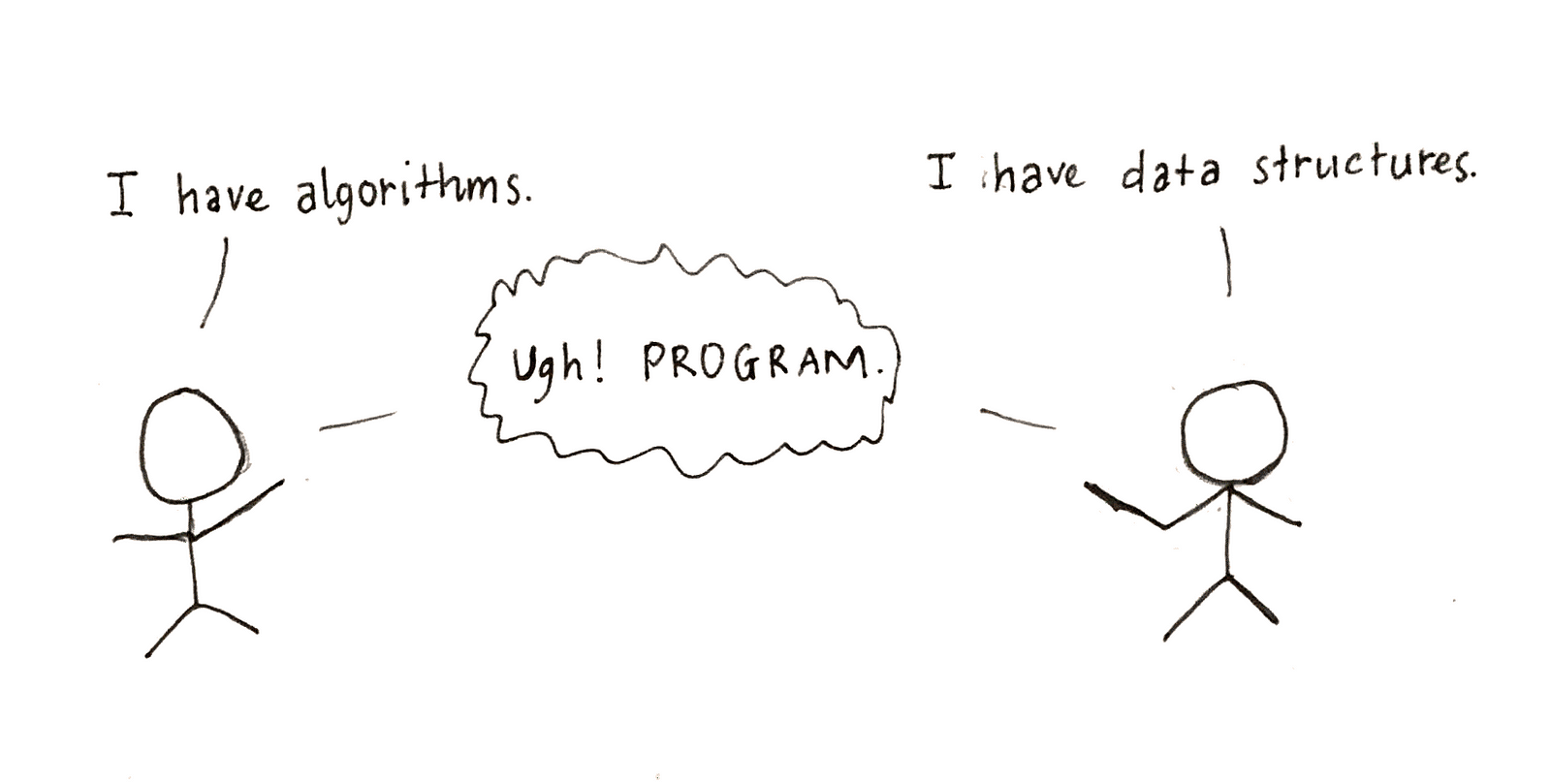

This is the source SDTM domain or ADaM dataset to which the record being used for the analysis value can be traced.
#BASIC DATA HOW TO#
The decision on how to populate pre-baseline and baseline values of PCHG is left to producer choice. Populated (when calculable) for all post-baseline records of that PARAM regardless of whether that record is used for analysis. This variable is optional, IF CRIT2FL ="Y" then 1, else 0. This variable is optional, IF CRIT1FL ="Y" then 1, else 0.

PASI Score Static Physician Global Assessmentĭerivations are described per parameter in the parameter value level metadata. Candidates for this exam aspire to improve productivity by understanding the capabilities of the Microsoft Power Platform, automating basic business processes with Power Automate, performing basic data analysis with Power BI, acting more effectively by creating simple Power Apps experiences, and creating powerful chatbots by using Power Virtual Agents. It does not match the way the Define-XML would be displayed. The display of the parameter-level metadata included on this page is intended to indicate the set of variables impacted by each parameter. It is the node where the data is stored, and the cluster indexing and retrieval process takes place. Here, Elasticsearch distributes tasks and crawls and indexes all nodes in the cluster. Complete traceability should be implemented if practical and feasible some traceability information is provided below, for illustration purposes only. Cluster: A cluster refers to a group of multiple nodes that are connected. Whole numbers like 4 are called integers. In this example, the PASISCO score was reported in the SDTM, because these were calculated by a vendor and not the investigator. Basic data types in R Decimal values like 4.5 are called numerics. Sponsors may use other methods for handling missing data, and other sensitivity analyses may be used that are not illustrated in this example. One copy included with each BDR320 purchased.The following is an example of a Basic Data Structure (BDS) analysis dataset and analysis-variable metadata for the endpoints in Section 7.2, Analysis of Selected Efficacy Variables. Note that some variables are not shown only variables for the most important concepts were included in this example. For handling of missing data, the protocol-specified primary imputation method was to impute the missing PASI90, PASI75, and sPGA responses as non-response.
#BASIC DATA SOFTWARE#
PC300 BDR Support Software was used for programming, data retrieval, and interrogation of BDR320 by on-site laptop computer. Statistical methods are mainly useful to ensure that your data are interpreted correctly. PC208 DOS Datalogger Support Software supported telecommunications. Basic Statistics, Statistical Data Analysis, Statistics with R. 7600 50 Hz AC Rejection-integrated measurement based on 50 Hz cycle instead of standard 60 Hz rejection (for countries with 50 Hz ac power).Īll of the software used with the BDR320 is no longer available. Campbell Scientific BDR320 Basic Data Recorder The BDR320 had an SDI-12 interface, 2 differential (4 single-ended) analog input channels, 1 switched.6661 Standard 60 Hz AC Rejection-integrated analog voltage measurements over one 60 Hz cycle which eliminates the effect of 60 Hz ac-induced noise on the measurement.

The BDR320 had a couple of AC rejection options that are no longer available. An array is a fixed-size structure that stores multiple items of the same kind of data sequentially. The first in our list of basic data structures is one of the simplest data structures. Note: BDR320s sold before 1996 had a PS12ALK Alkaline Power Supply instead of the BPALK. Now let us discuss eight of the most common data structures. The PS12LA has been replaced by the PS100 and is no longer available. Refer to Ordering Info for information about the BPALK.
#BASIC DATA FREE#
For all of the examples throughout this lesson, feel free to follow along in irb or (an online REPL environment) to get a better feel for how they work. Options were either the BPALK Alkaline Battery Pack or the PS12LA Sealed Rechargeable Power Supply. We’ll start here with four of Ruby’s basic data types: numbers (integers and floats), strings, symbols, and Booleans ( true, false, and nil ).


 0 kommentar(er)
0 kommentar(er)
